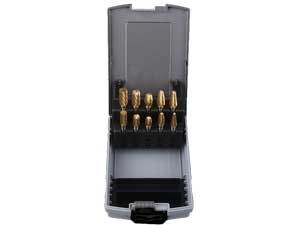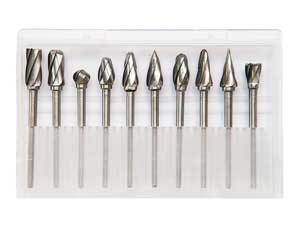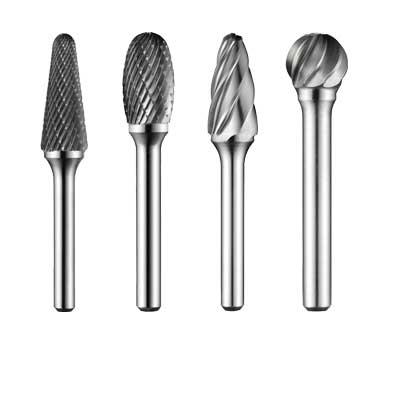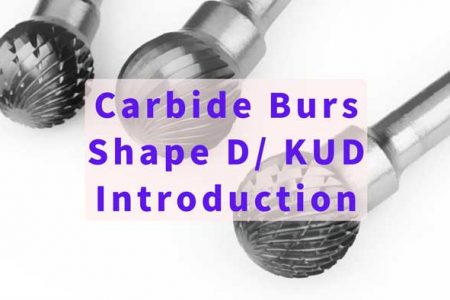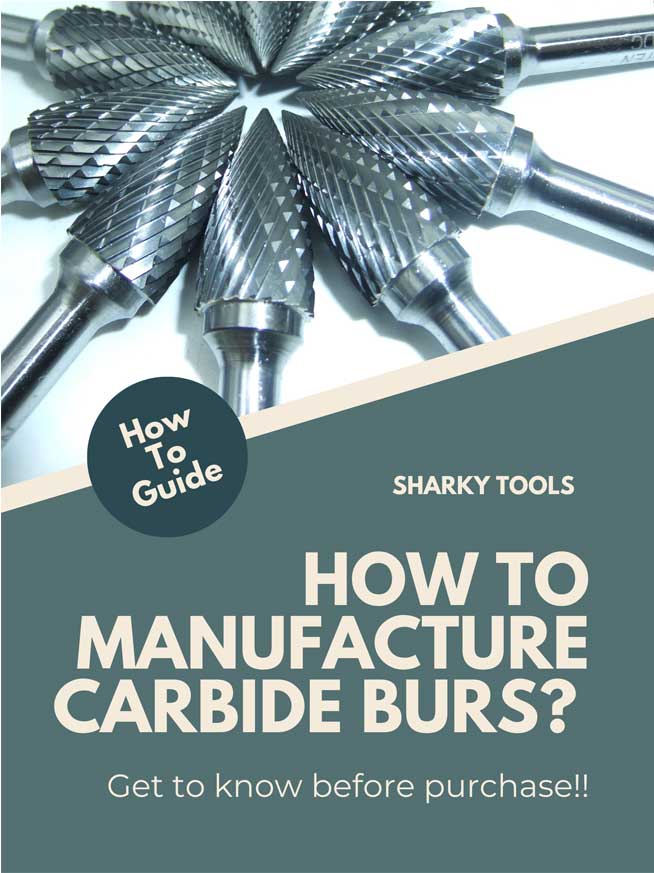
How to Manufacture Carbide Burr?
Although a carbide burr is a small rotating tool, manufacturing them is a challenging process that requires specific machines and mature handicrafts. Getting to know about the manufacturing process can guide users to operate these tools properly and improve their productivity.
In this article, we will try to demonstrate everything about Carbide Burr, and its process of manufacturing. You will also get to know many other things about these products.
What Is A Carbide Burr?
The Carbide Bur is usually made from a metal known as tungsten carbide. The burrs are made with a mixture of tungsten carbide and other special additives. The toughness and hardness of these materials allow them to be more effective than other cutting materials.
Therefore, the Carbide Bur is becoming one of the most effective cutting tools across many industries. It is widely used in manufacturing different products, including ships, engines, castings, and others.
The carbide burr tool can provide high-speed and accuracy while cutting through metals quickly. However, it causes no damage to its surface or product itself. Carbide burrs are widely used in different industries like welding and machining. They are also used for manufacturing different types of pipelines, casting parts, gearboxes, etc. These products meet the needs of various industries for better manufacturing.
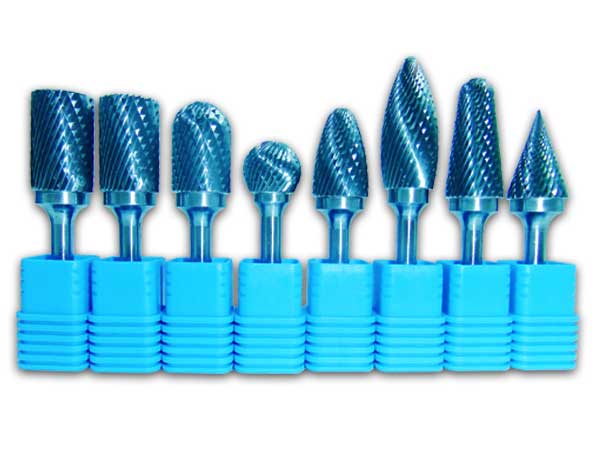
What Is A Carbide Burr Made Of?
The manufacturing of carbide burr tends to be a little delicate process since it requires specific materials and experienced handicrafts. What materials can be used for making carbide burrs tools?
Tungsten Carbide
Tungsten carbide is the primary material used in making Carbide Burr. Tungsten carbide is three times stronger than high-speed steel, so it can withstand extreme applications and perform better at higher temperatures.
Cobalt
Cobalt is a binder that binds carbide particles together. Its hardness exceeds almost all metals and can be used at high speed. It reduces the risk of contamination and can be used on most materials.
How Do I Choose A Carbide Burr?
Several factors are responsible for choosing a carbide burr for a specific purpose. Here are some of the critical factors that you have to consider first.
Size and Shape
The size and shape of the Carbide Burr are dependent on its features. The different sizes and shapes have their characteristics. They also vary depending on the types of industries it is being used in. So when you need to choose a carbide bur, you should look at the size and shape of the product you need to make.
Hardness Scale
Carbide Bur is available in different hardnesses that are represented on different scales. The hardness scale you have to select a carbide bur will be more effective for your product. So before choosing a carbide bur, you have to check its hardness scale from where you can make the necessary choice.
Yield Strength
The quality of carbide bur is from the yield strength. Yield strength is the maximum load a carbide bur can withstand after a cut. The higher the yield strength of Carbide Burr, the better quality it is for making different products like gears.
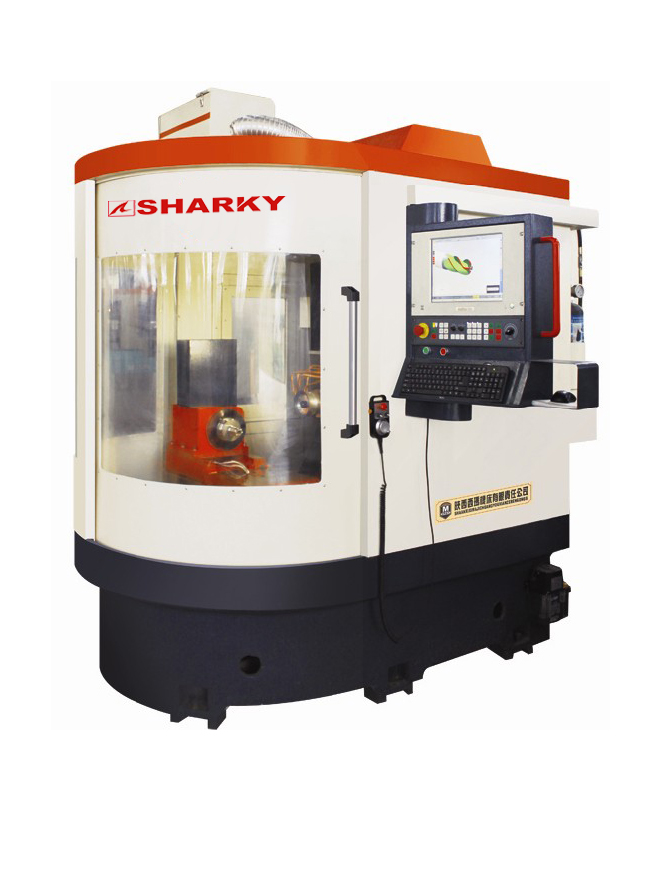
How Are Carbide Burr Manufactured?
Manufacturing carbide burr is a difficult process and can only be done by professionals who have been working for a long time. Its manufacturing process requires a lot of experience and specific knowledge.
Step 1: The Blank. The first step is to select the raw material that will be used in the manufacturing of Carbide Burr. Various shapes and sizes are made by powder metallurgy technology.
Step 2: The Brazing. The cutting head and shank are welded together, it is a process that determines the stability of the final product when it rotates at high speed.
Step 3: The Balancing. The Concentricity of the whole product is tested by professional equipment to ensure processing accuracy and good operation stability.
Step 4: The Flute grinding. In this process, the most important tooth pattern part begins to be processed. According to the set program, the 5-axes CNC grinding machines grinds the blank under the high-speed rotation of the diamond wheel to produce the tooth pattern we need.
Step 5: The Polishing. This process is mainly to remove the flash stains produced in the processing process
Step 6: The Marking. Usually mark the LOGO and size information on the shank by laser marking.
Step 7: The Final Packing. When everything is ready, after the QC final inspection, the carbide burs will be packed and shipped to customers.
Conclusion
Carbide Burrs are one of the most common tools being widely used by different industries to make different products. It is vital to learn that there are different types of carbide burrs for various applications.
Before making a choice, you must know what type of carbide burr you need for your product. Learning through its manufacturing process will certainly help users both select and operate carbide burr tools more efficiently.

